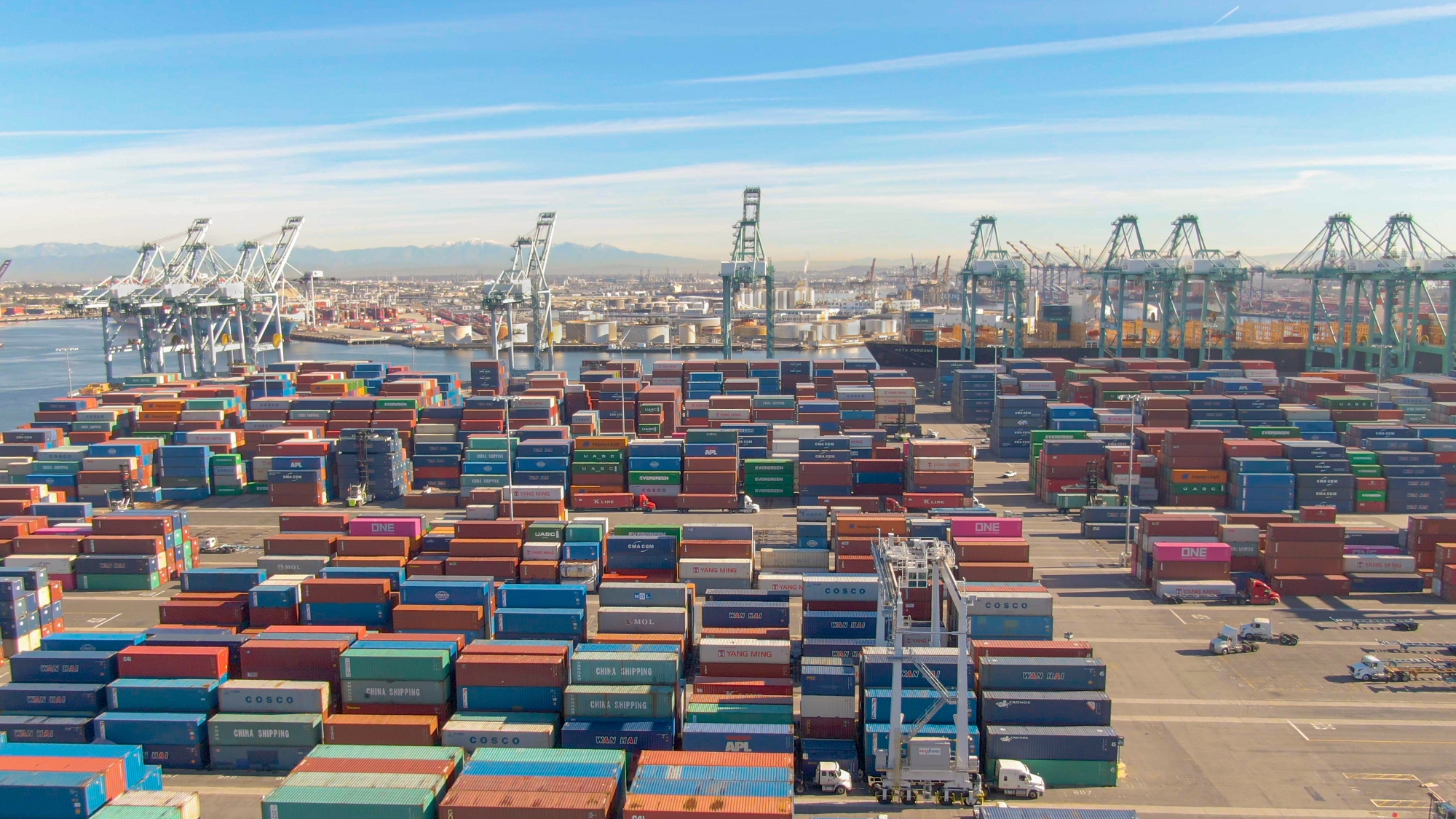Introduction: A Managerial Framework for Reducing the Impact of Disruptions to the Supply Chain
Introduction
Recently the topic of Enterprise Risk Management appears at the top of many corporate agendas. Although most discussions on risk management are confined to financial reporting and internal controls risks associated with the likes of Sarbanes-Oxley, an often overlooked risk is the probability of an undesirable event occurring that causes extensive supply chain disruption. When organizations discuss the concept of Enterprise Risk Management (ERM), the discussion often revolves around financial and strategic risk (see Figure 1 for examples). In reality, however, the total set of risks to an organization is much broader, and also includes Hazard Risks and Operational Risks. Hazard risks refer to weather disasters, equipment shutdown, or product liability, while Operational risks include major disruptions such as theft, later supplier deliveries, IT systems shutdowns, etc. As shown in Figure 1, a significant number of risks companies are exposed to have their root cause in entities located within their supply chain. The supply chain encompasses all organizations and activities associated with the flow and transformation of goods from the raw materials stage, through to the end user, as well as the associated information flows (Handfield and Nichols, 2002). Supply chain management (SCM) is the integration and management of supply chain organizations and activities through cooperative organizational relationships, effective business processes, and high levels of information sharing to create high-performing value systems that provide member organizations a sustainable competitive advantage.
As Western organizations continue to outsource manufacturing to low-cost countries in Asia, the Caribbean, Eastern Europe, and Latin America, the rise (i.e, increased frequency and severity) of supply chain disruptions increases significantly. Research has shown that most organizations are not adequately prepared to manage supply chain risks. Recent studies suggest that only between 5% and 25% percent of Fortune 500 companies are prepared to handle crises or disruptions (Mitroff and Alpaslan, 2003), and that a $50 million to $100 million cost impact can be incurred for each day a company’s supply chain network is disrupted. Stock market reaction to supply chain disruptions have also been shown to be significant firms who have announced major supply chain problems have seen their shareholder value drop by 10.28% on average, with an average recovery time of 50 trading days (Hendricks and Singhal, 2003, Knight and Pretty, 1996).
In high-tech markets, companies such as Sony have even pulled their manufacturing out of China and into Japan (Jiang, 2003). Why? Sony executives recognized that difficulty of coping with the unpredictability of market requirements for digital cameras was not aligned with the slow responsiveness, potential for disruption, and inflexibility of the long supply lines from China. The lesson learned from Sony is that manufacturing in China is not a cure-all for pricing pressure, especially in fast –changing high tech consumer markets.
Companies sourcing from low cost countries such as China are at an increased risk of experiencing detrimental disruptions due to the poor communication in global supply networks, the long lead-times associated with purchasing goods overseas, and the inherent complexity of the distribution channels associated with import regulations and security, multiple transfers, and customs/legal requirements. This is made even more difficult, given the increased security of cargo containers. The Department of Homeland Security has experienced an increasing incidence of stowaways and contraband in containers. With the focus of law enforcement on global supply chain security, there has also been a rapid increase in the extent of organized retail theft, with major diversions of consumer and pharmaceutical goods en route, in particular. The cost and expense associated with these occurrences is often overlooked, but if left unchecked, can result in major losses to a company.
Typically risk is characterized by both the probability of an event and its severity given that an event occurs. Risks or disruptions in the supply chain are not only increasing in frequency, but the severity of their impact can be costly and potentially bring portions of the supply chain to a complete halt. Avoiding risk is made more difficult by the increasing pressure to source globally, to exploit lower manufacturing costs and import products. The complexity of products and processes is also adding to the probability of disruptions. In this environment, what steps can an organization take to design their supply chains to assure uninterrupted material availability? Is it possible to respond to an agile manner to customer requirements in a global sourcing environment?
In this paper we explore this issue, and discuss the following:
- The factors that amplify the impact of supply chain disruptions;
- The strategies used by companies to discover the source of the disruption quickly, recover in a nimble manner, and design more robust supply chains
- Discuss key managerial principles for designing disruption-proof supply chains within the context of a global sourcing strategy
- Categories:



